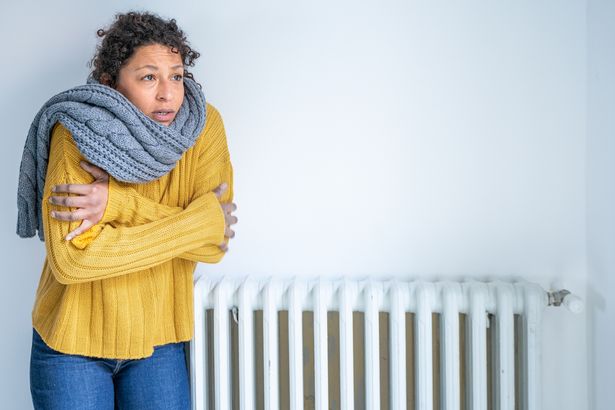
For most people, the inner workings of our boilers and central heating remains a mystery and they are not free from faults and problems. This makes it a frustrating situation to deal with when something goes wrong, and this can be more so during the cold winter season when you need heat the most.
Older Boiler
All boilers have a useful life of between 10 to 15 years. If you maintain your boiler it can last for a long time. However, when boiler ages, its age is reduced and will more likely to breakdown and have faults. At a certain point it is better to replace your older boiler rather than to continue to spend money on repairing it. I recommend that regardless of the age of your boiler, you should get it professionally serviced every year. This ensures any faults can be dealt with before they turn into costly problems. Our recommendation would be to get a boiler and central heating system cover to help protect you against expensive repair jobs. See ours here
https://gower-plumbing.co.uk/service-plans/
Leaks
Leaking pipes are a common problem with central heating and they can be a nuisance. If you have a leaky pipe joint, our recommendation is to call us and we can come to ensure a safe and secure fix to the leak, we can also check your system to ensure other visible joints are in good condition. If you have a leak and you can’t call someone you can lightly tighten it yourself and hopefully fix the problem. Be careful not to damage the pipe or the joint. A quarter turn at a time while tightening is the best way to do this. In case tightening the joint does not help, you may need to apply some sealant or plumber’s tape. However, this is just a temporary solution, meaning you will need no replace the leaky pipe as soon as possible. You can continue to use sealant as a temporary fix, but not a permanent one.
Cold Patches on Radiators
Often radiators have cold patches on them. This is a problem you can sometimes fix yourself, but first, you need to know where the cold patches are. Cold patches on your radiators can be due to different reasons and have different fixes.
Cold on Top: If your radiator is warm at the bottom and cold at the top, you have a problem. This is likely to be air trapped in the system. To let the air escape, you need to bleed your radiator out. First, you should switch off your heating system. Next, place a jug or container under the radiator on the side of the tap/bleed valve to catch any drips. You can purchase a bleed key at your local hardware store or on-line. https://tinyurl.com/386a436z
Open it just enough until you hear air escaping. Once the water starts dripping out, close the valve. Switch on your heating and make sure you check and double check your boiler pressure. This should solve the problem.
Cold at the Bottom: A radiator that is cold at the bottom usually have something obstructing the flow of water. In most cases, this can be rust or scale. In extreme cases, it can be a sludge build-up. When it comes to sludge I strongly recommend you call us for a power flush and if you have an open system we can add a sludge remover.
Cold in the Middle: Sometimes our radiators are cold in the middle. This is again likely due to an obstruction of sludge or rust. However, this can be more difficult to fix than if the radiator is just cold at the bottom. You will need our services to fix this problem. https://gower-plumbing.co.uk/




